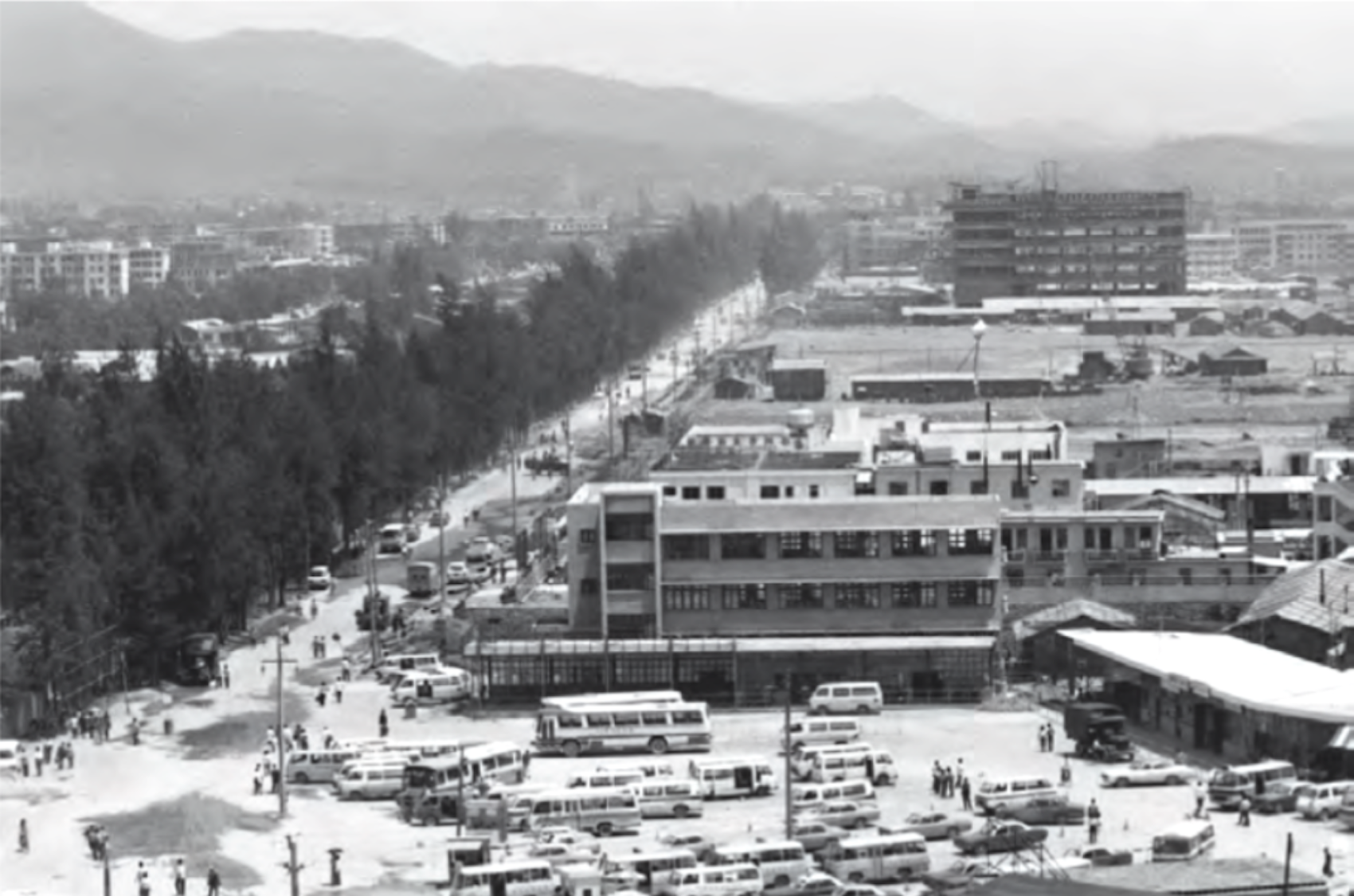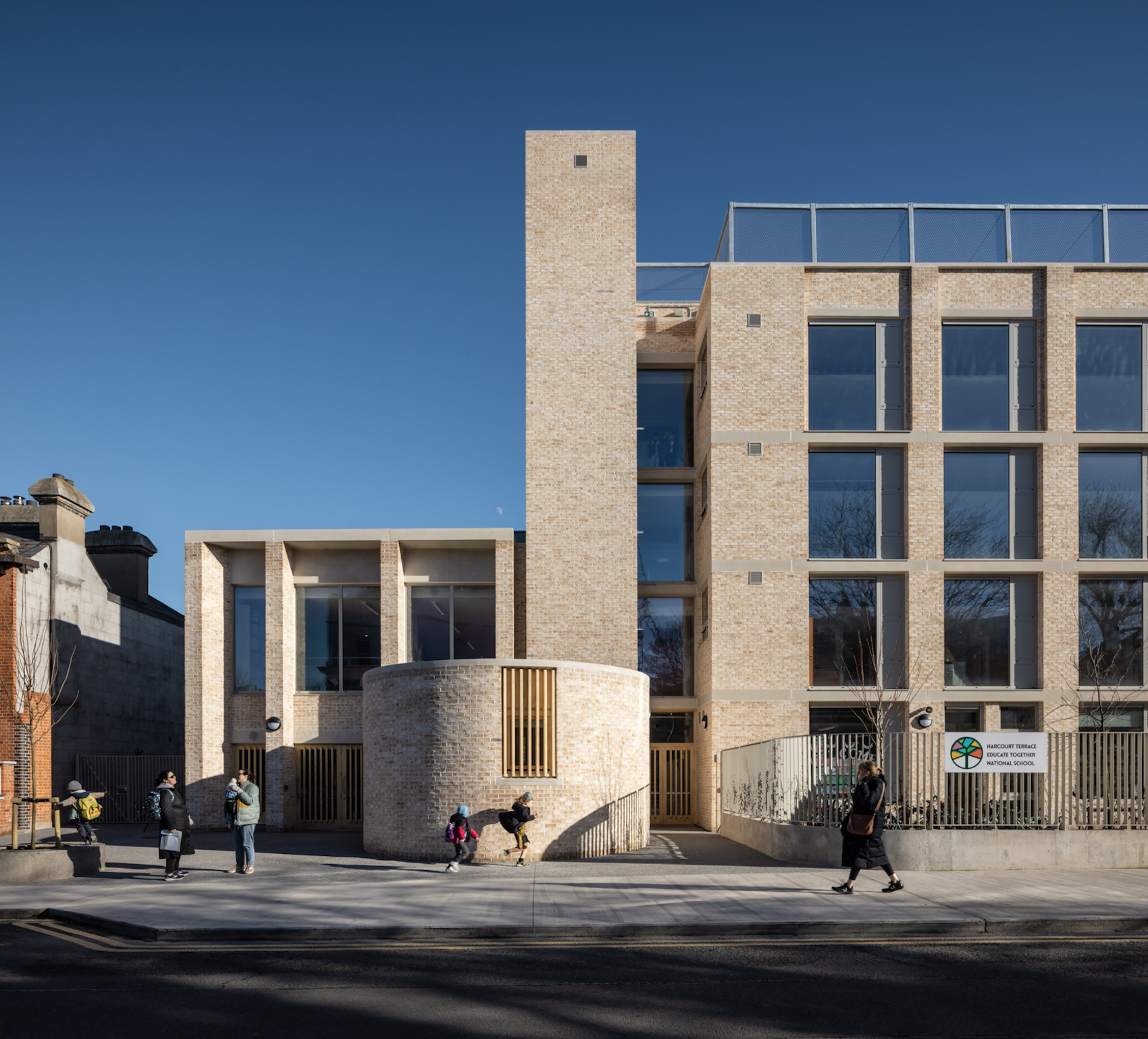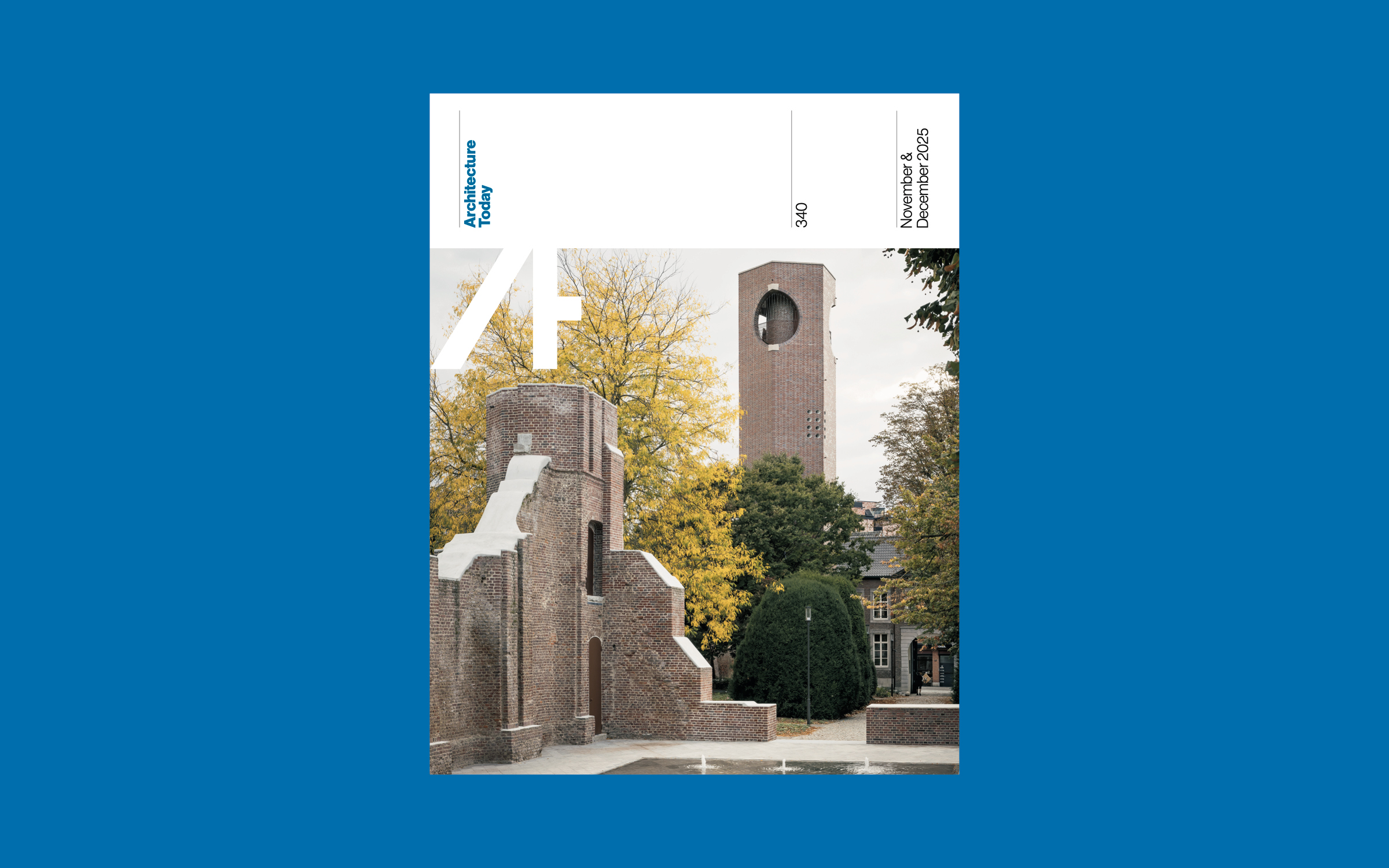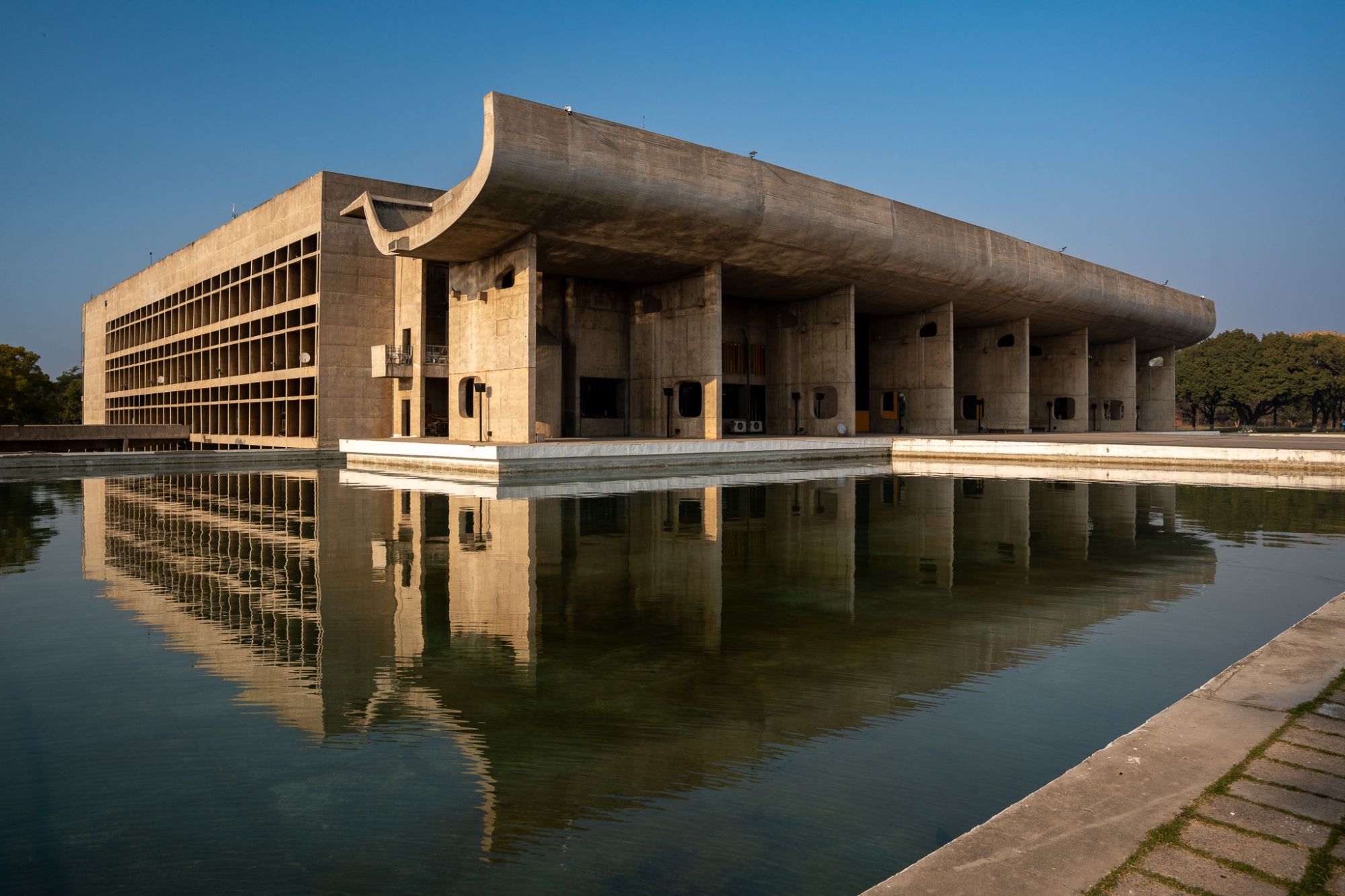There is a huge variety of choice in the conservation rooflight market and selecting the right product can be confusing. Paul Trace from Stella Rooflight offers some advice.
In association with![]()
What material should a conservation rooflight manufactured from?
If a conservation rooflight is all frame, then there is little point in having one. Genuine conservation designs should be manufactured with slim clean lines and a low-profile to match the roofline. It is widely accepted that most authentic conservation rooflights are manufactured from steel because it provides great strength while offering a slim profile and excellent glass to frame ratios. Given the British weather and mild steel’s tendency to rust, it is highly advisable to opt for a 316L stainless steel frame, which will offer much greater protection against the elements.
Single or double glazed?
Victorian rooflights would have been single glazed, however, today’s modern building standards are much higher and so single glazing does not meet the minimum requirements for thermal efficiency (Part L). Double glazing is now the most popular option for genuine conservation rooflights because glazing technology is such that a modern double glazed unit can provide a number of benefits while remaining reasonably slender.
While triple-glazing does offer a slightly improved thermal performance it comes at the expense of appearance. The optimal spacer bar thickness is 16mm so any decent triple- glazed unit is going to be almost 50% thicker than a double-glazed version. With a flush fitting profile being one of the main requirements of a conservation rooflight, the introduction of triple glazing makes that almost impossible on some roof types.
Glazing bars?
It is often a stipulation from the Conservation Officer that a conservation rooflight should have a glazing bar to replicate that original Victorian appearance. If so, then it should be a genuine one. A genuine glazing bar should be something which not only divides the glazing but also provides additional strength to the casement. So many conservation rooflights have something simply stuck or glued onto the outside of the glass which neither looks good nor provides any benefit to the rooflight. A stuck on glazing bar is one step up from a felt pen but certainly should not be seen as a way to make a modern bulky framed profile meet the criteria of a conservation rooflight.
Top hung or centre pivot?
Once again, if you are looking for a close replica of a Victorian rooflight then a top hung profile will be the one you should opt for. Not only does a top hung design offer a more authentic appearance, it maximises the space below because the casement doesn’t stick into the room. Smaller top hung rooflights also utilise beautiful brass ironmongery to operate the casement whereas centre pivot designs tend to rely on modern plastic handles, which are out of reach and offer nothing to enhance the internal aesthetics.
Is any old conservation rooflight suitable for my project?
Just because something is sold as a conservation rooflight, that doesn’t automatically make it suitable for all building types. If your building is listed or in a conservation area then the criteria for using conservation rooflights are much stricter and you should always gain approval, not only for their use but also the manufacturer that you would want to use.
There are only a handful of companies that specifically make conservation rooflights and even fewer who design, manufacture and assemble in the UK. Many conservation rooflights available online are simply other products which have been spruced up to look like they meet the requirements of that type of product. There are many elements which go into a genuine conservation design and price is always a reflection on quality.
Is there anything else I should consider when choosing my conservation rooflight?
Just because you have a large rooflight this does not always guarantee lots of light and you should always check what the finished viewable (often referred to as clear viewable) area of the rooflight will be. You might think that a conservation rooflight with a whole frame size of 900mm (w) x 1200mm (h) would have a similar clear viewable area regardless of the manufacturer, but you would be wrong and bulky framed modern types or the flat rooflights posing as pitched conservation styles will let in considerably less light than a genuine steel- framed version.
With so many choices available, choosing the right conservation rooflight can be a bit of a minefield but with the right guidance and advice it need not be a stressful experience.
Contact Details
For further information or to discuss your conservation rooflight requirement contact the Stella Rooflight team on 01794 745445, email info@stellarooflight.co.uk, or visit www.stellarooflight.co.uk



















